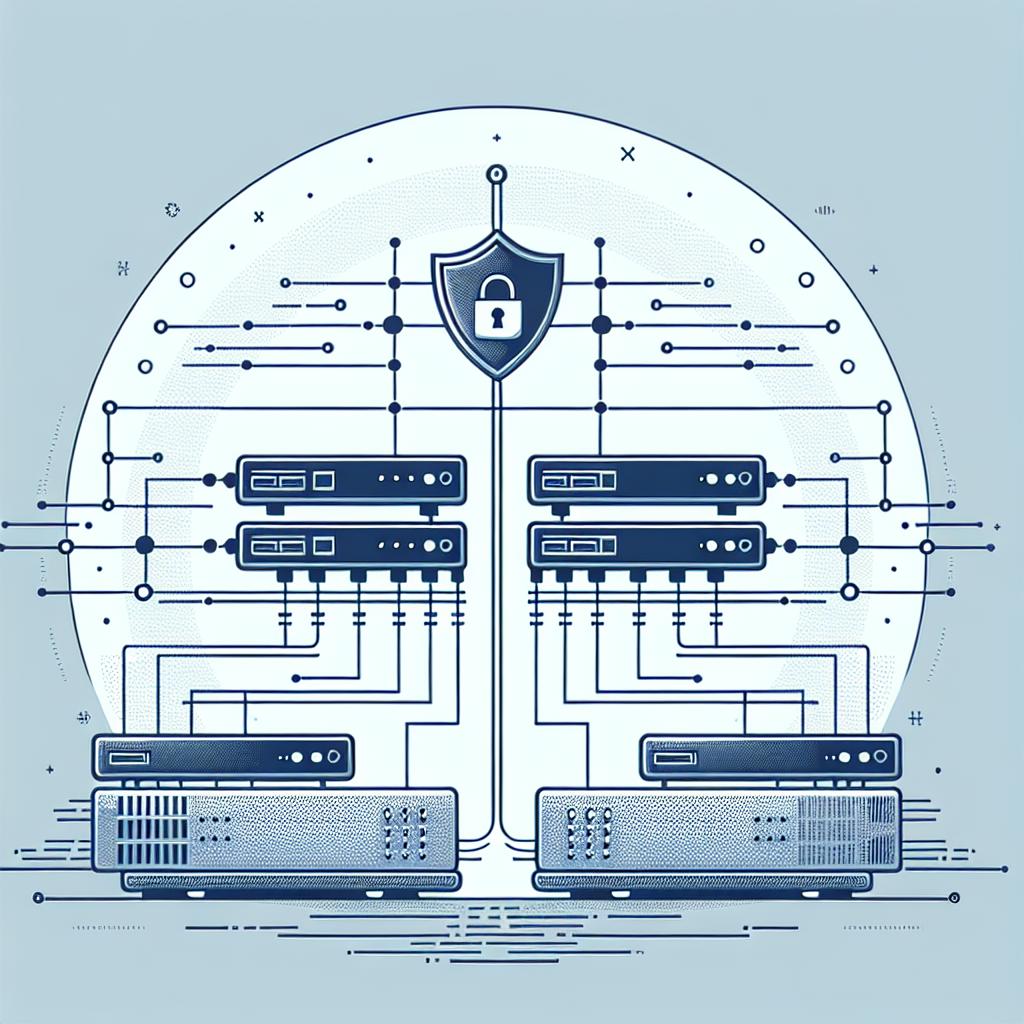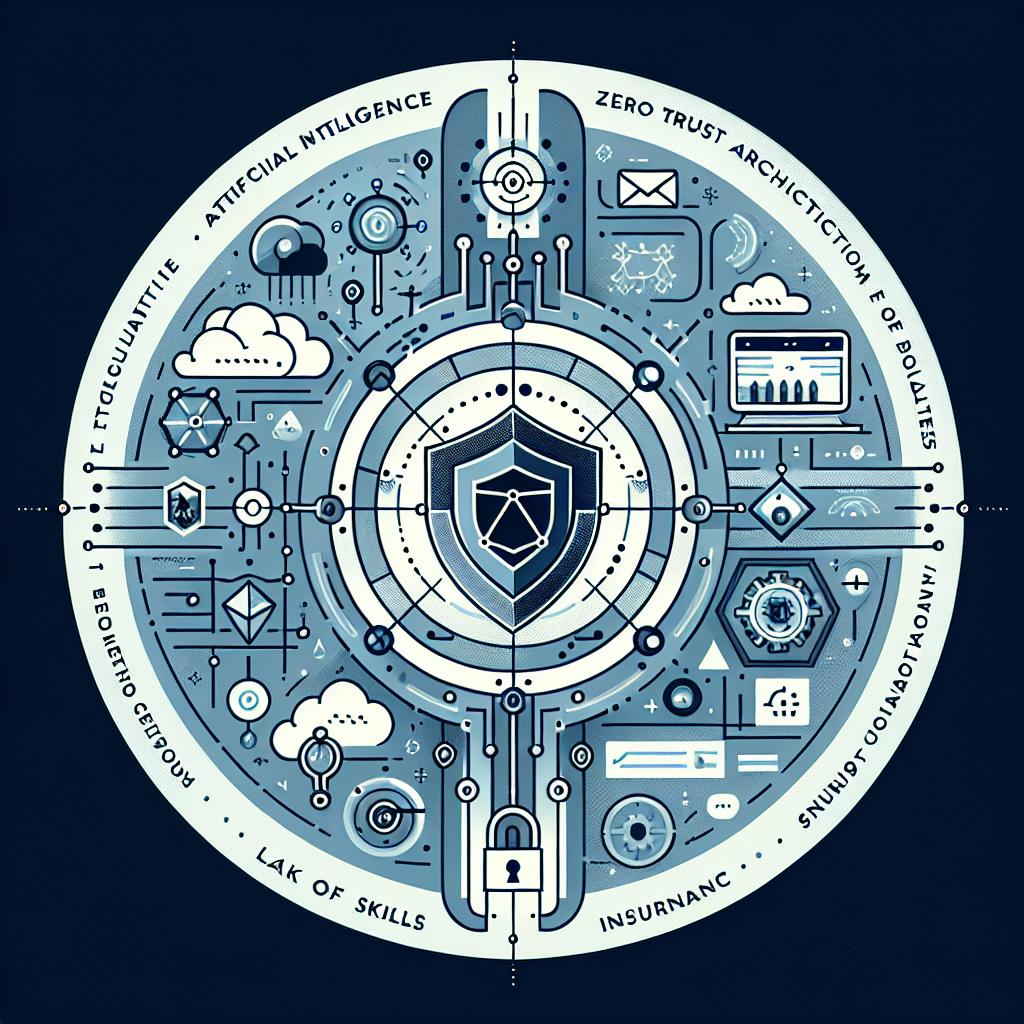Network security is a critical concern for organizations of all sizes, especially in an era where data breaches and cyber threats are increasingly common. One of the essential tools in a network security professional's arsenal is Nmap (Network Mapper), an open-source tool used for network discovery and security auditing. This blog post will explore how Nmap can be effectively utilized to meet various regulatory compliance requirements, ensuring that organizations not only protect their data but also adhere to industry standards.
Understanding Regulatory Compliance
Regulatory compliance refers to the process by which organizations ensure that they are following relevant laws, regulations, and guidelines. Different industries have specific compliance requirements, such as:
- Health Insurance Portability and Accountability Act (HIPAA) for healthcare organizations.
- Payment Card Industry Data Security Standard (PCI DSS) for businesses that handle credit card transactions.
- General Data Protection Regulation (GDPR) for organizations operating within or dealing with the European Union.
These regulations often require organizations to implement specific security measures, conduct regular audits, and maintain detailed records of their network infrastructure and security practices.
The Role of Nmap in Compliance
Nmap is a powerful tool that can assist organizations in meeting their compliance requirements in several ways:
1. Network Discovery
Nmap allows organizations to discover devices on their network, including servers, routers, switches, and endpoints. This capability is crucial for compliance because:
- Asset Inventory: Many regulations require organizations to maintain an accurate inventory of all devices connected to their network. Nmap can automate this process, providing a comprehensive list of all active devices.
- Identifying Unauthorized Devices: Regular scans can help identify rogue devices that may pose security risks, ensuring that only authorized devices are connected to the network.
2. Vulnerability Assessment
Nmap can be used to identify vulnerabilities in networked devices. By scanning for open ports and services, organizations can:
- Assess Security Posture: Understanding which services are running and their associated vulnerabilities is essential for compliance with standards like PCI DSS, which mandates regular vulnerability assessments.
- Prioritize Remediation: Nmap can help prioritize vulnerabilities based on their severity, allowing organizations to address the most critical issues first.
3. Configuration Management
Regulatory frameworks often require organizations to maintain secure configurations for their systems. Nmap can assist in:
- Baseline Configuration Checks: By scanning devices and comparing their configurations against established baselines, organizations can ensure compliance with security policies.
- Change Management: Regular scans can help detect unauthorized changes to configurations, which is vital for maintaining compliance.
4. Reporting and Documentation
Documentation is a key component of regulatory compliance. Nmap can generate detailed reports that can be used for:
- Audit Trails: Compliance regulations often require organizations to maintain records of their security practices. Nmap's output can serve as documentation for audits, demonstrating that regular scans and assessments are being conducted.
- Compliance Reporting: Nmap can help create reports that align with specific regulatory requirements, making it easier for organizations to demonstrate compliance to auditors.
5. Continuous Monitoring
Many compliance frameworks emphasize the importance of continuous monitoring of network security. Nmap can be integrated into a broader security strategy that includes:
- Scheduled Scans: Automating Nmap scans on a regular basis ensures that organizations are continuously monitoring their network for vulnerabilities and unauthorized devices.
- Integration with Other Tools: Nmap can be used alongside other security tools (like intrusion detection systems) to provide a comprehensive view of network security.
Best Practices for Using Nmap in Compliance
To maximize the effectiveness of Nmap in meeting compliance requirements, organizations should consider the following best practices:
- Regular Scanning: Establish a routine for scanning the network to ensure that any changes or vulnerabilities are promptly identified.
- Customize Scans: Tailor Nmap scans to focus on specific compliance requirements relevant to your industry.
- Document Findings: Keep detailed records of scan results, actions taken, and any remediation efforts to support compliance audits.
- Stay Informed: Keep up with updates to Nmap and changes in regulatory requirements to ensure that your compliance efforts remain effective.
Conclusion
Nmap is a versatile tool that can significantly aid organizations in meeting their regulatory compliance requirements. By leveraging its capabilities for network discovery, vulnerability assessment, configuration management, and continuous monitoring, organizations can enhance their security posture while ensuring adherence to industry standards. As cyber threats continue to evolve, integrating tools like Nmap into a comprehensive compliance strategy is not just beneficial—it's essential for safeguarding sensitive data and maintaining trust with customers and stakeholders.



